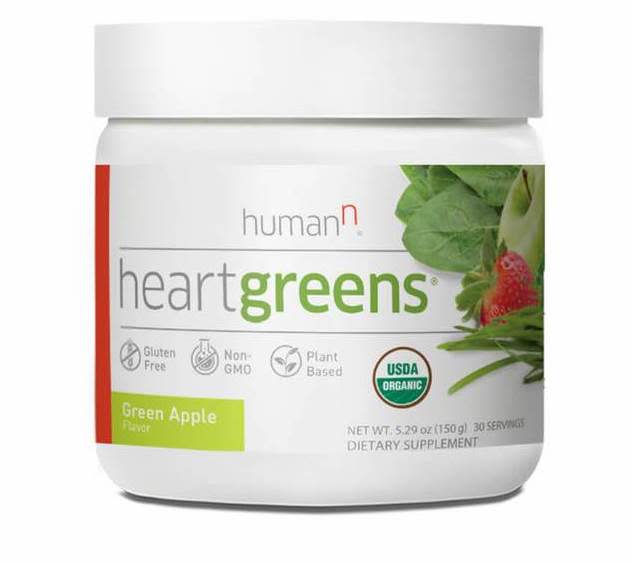This is why what you eat matters for your skin
Here’s the truth about all those serums, those creams, those sheet masks you love: They won’t change your skin for the better if the problem is internal. And here’s something I’ve come to accept (well, mostly): Some people just have good genes. Some people can eat whatever they want, sleep in their makeup, use St. Ives Apricot Scrub, and still forgo foundation in lieu of their naturally flawless skin.
I am not one of those people, and since you’re here, I’m guessing you aren’t either. My skin problem du jour is acne—that the aforementioned creams, serums, etc. have helped, but not totally solved. According to experts I spoke with, the reason might be because all those products are just a coverup for the real problem—your diet.
undefined

Rather than spending hundreds on products, maybe a diet change is all you need. And while I’m sure you know choosing broccoli over fries is the healthier option, these experts explain just why that is.
A bad diet can show up on your skin.
A bad diet can create a domino effect that leads from one problem to another, ultimately showing up on your skin. “Dry skin, acne, sallow and washed-out skin can all be signs of poor diet,” says Keri Glassman.
When you aren’t eating enough good things and instead are eating food that doesn’t support your body, your organs don’t function as they should. Your gut is especially affected by unhealthy foods, and we’re learning more and more just how powerful the gut is in affecting your overall health. As your body’s largest organ, your skin can be the one that expresses all the breakdowns in your body.
Nigma Talib, dermatologist, regular Goop contributor, and author of the book Younger Skin Starts in the Gut, categorizes the worst offenders into four categories: wine face, gluten face, sugar face, and dairy face, each with their own unique signs.
A post shared by Drnigmatalib (@drnigmatalib) on Nov 26, 2018 at 3:54am PST
Dairy, for example, is well known for causing acne. “From my clinical experience over the last 18 years, I’ve found dairy not only causes acne breakouts but hormone imbalances in both men and women. A study, published in the May 2008 issue of the Journal of the American Academy of Dermatology, looked at the diets of teenage boys. The young men who drank the most milk also tended to have the worst acne,” shares Dr. Talib.
Her book explains how sagging under eyes, thinning skin, and a pasty hue might be caused by wine, and how spots on the skin and puffy, red cheeks might be caused by gluten. This is because they cause underlying inflammation, as explained in her podcast with Goop (which I highly recommend giving a listen, even if you’re a Goop skeptic).

Stop eating mozzarella sticks; try eating a pepper.
That glow you’re after isn’t likely to come from Sephora. Instead, Dr. Talib recommends “eating the rainbow.” The more colorful the vegetable, she says, the more antioxidant and anti-aging. “If you want your skin to glow, increase your intake of red, orange and yellow vegetables, which contain carotenoids,” she explains. “This includes butternut squash, carrots, sweet potatoes, red peppers, and citrus fruits. A research study showed that after eating two extra servings of these colored foods for six weeks, it markedly altered the skin tone to create a healthy glow.”
Unfortunately, it’s also about making sacrifices. “Highly processed, sugar-laden foods cause microbiome disruption and inflammation and can make skin look sallow. Fried foods are also big offenders,” says Glassman.

How to use diet to better your skin
Dr. Talib suggests an elimination diet to target what might be causing your skin issues. Specifically, cut out the four aforementioned food groups, along with other unhealthy foods. She says that the four-week diet can give you glowing and healthy skin, but those with acne may stay on it for up to six months for better results.
Whether or not you go as far as eliminating whole food groups is up to you. But whatever your method, there are some lifelong guidelines you can follow.
Some advice from Glassman: “Reduce or take out altogether added sugar and all packaged and processed foods and fried foods. Increase consumption of organic vegetables and high-quality healthy fats. Make sure you’re getting enough of the right vitamins and minerals for skin health. Vitamin E is an antioxidant that slows the aging process by reducing the enzyme collagenase, which breaks down collagen in the body. Omega-3s have an anti-inflammatory effect that helps prevent collagen breakdown and reduces inflammation. Vitamin C helps prevent skin hyperpigmentation, and regulates your sebaceous glands.” She also advises supplementing with HumanN Heart Greens, which provides collagen and skin beneficial vitamins.

We doubt you’re surprised to see advice like “eat vegetables,” but they really are that good for you. Some of Dr. Talib’s favorites? She says dark leafy vegetables are the most concentrated source of nutrition that contributes toward great skin, and watercress gets a special shoutout—it’s ranked highest in nutrition, even over kale. Vitamins A and C are especially important: The former is an antioxidant that prevents wrinkles and pigmentation, while the latter helps to build collagen for healthy skin and hair. Dr. Talib suggests butternut squash and carrots for their high volumes of both.
It’s not easy to make a change this big, but the results on your skin—and the rest of your health—are worth it. I, for one, have been enjoying my vegetable-filled smoothie, and I’m grabbing berries for snacks rather than cheese. Let’s hope my skin loves it, too.

